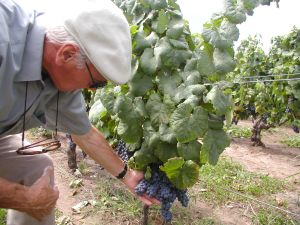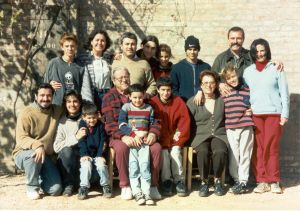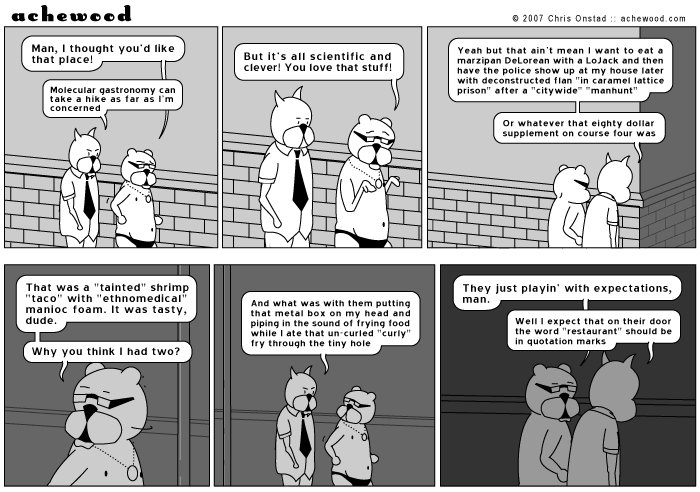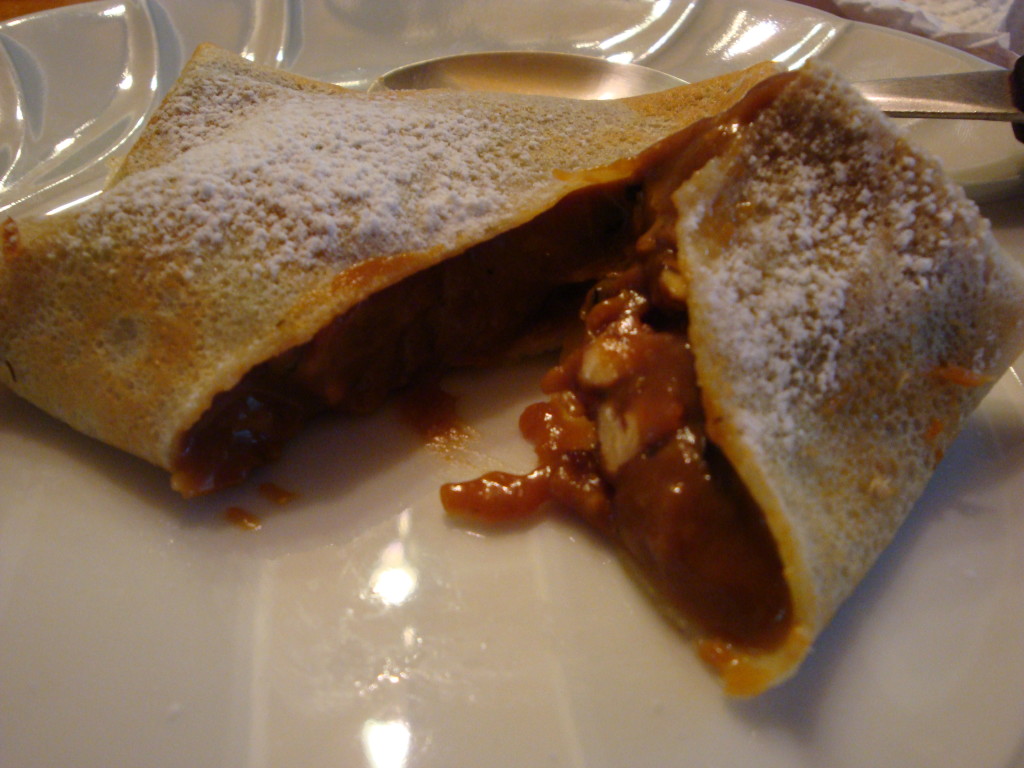Craig. The Book.
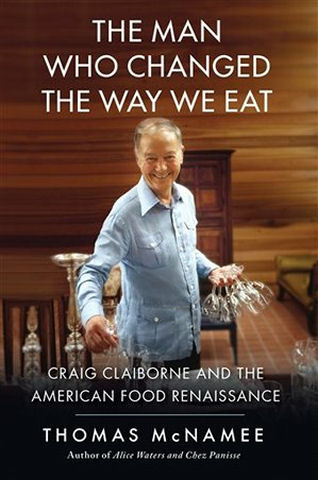 About a year and a half ago I was contacted by the Tom McNamee, author of the newly released biography of Craig Claiborne. He’d stumbled across a post or two, here and there, from an interview I’d done with Craig many, many moons ago, and wondered if I could answer a few questions. I did, and also, since I still had it, forwarded him the transcript of the interview. And then, I kind of forgot about it until a couple of months ago when he contacted me to tell me the book was coming out soon and thanking me for my contribution. As it happened, a New York based food lovers group was hosting a book launch party on the night that I arrived in town, and he very graciously invited me to it (I doubt he thought I would actually show up given the distance, but as things turned out, I did). And so we met, each got to put a face to the e-mail, and I stayed a short time (I’m never good at cocktail parties – but long enough to say hello to some folk I haven’t seen in forever like Danny Meyer and Colman Andrews), and came away with a signed copy of the book with a very nice thank you in it from Tom. And, I read it.
About a year and a half ago I was contacted by the Tom McNamee, author of the newly released biography of Craig Claiborne. He’d stumbled across a post or two, here and there, from an interview I’d done with Craig many, many moons ago, and wondered if I could answer a few questions. I did, and also, since I still had it, forwarded him the transcript of the interview. And then, I kind of forgot about it until a couple of months ago when he contacted me to tell me the book was coming out soon and thanking me for my contribution. As it happened, a New York based food lovers group was hosting a book launch party on the night that I arrived in town, and he very graciously invited me to it (I doubt he thought I would actually show up given the distance, but as things turned out, I did). And so we met, each got to put a face to the e-mail, and I stayed a short time (I’m never good at cocktail parties – but long enough to say hello to some folk I haven’t seen in forever like Danny Meyer and Colman Andrews), and came away with a signed copy of the book with a very nice thank you in it from Tom. And, I read it.
And, it was a thoroughly enjoyable read. Tom goes back to Craig’s childhood and works his way forward to the end of his life, and he’s quite thorough. He’s also quite entertaining, and not at all shy about bringing in the more salacious elements of his subject’s life. Actually, at times, he seems to dote on those more than other details, but then, I think that was partially his point – there was a lot of sexual innuendo and activity in Craig’s life that is generally glossed over by other writers. On reaching one of the last chapters and finding that much of it is devoted to the transcript I provided, I’m named a couple of times – as a young journalist, which sort of had me sounding like a kid right out of school rather than a 33 year old chef who’d been cooking and writing at that point for about 17 years, and was the food and wine editor for Genre magazine at the time. I was surprised to find in the footnote that the interview was unplanned, and that Craig had picked me up at a bus stop for what he hoped was a casual tryst. Nothing of the sort – it was an arranged interview by a mutual chef friend, Paul Grimes, that was planned out over a series of e-mails. I can’t help but wonder if some of the other more prurient details in the book are speculative on the author’s part…. Several quotes have been rewritten to make them flow more smoothly, since our conversation had been a bit jumbled and punctuated by a bit of cooking and interruptions of phone calls and such, but they’re all in context and accurate as to content.
In the end, a highly recommended book. I doubt that any other has been so well researched, and even if a bit of license is taken here and there, it’s likely in keeping with Craig’s character anyway, even if the details, and particularly his own thoughts, are lost to all time.
[UPDATE: Received later in the day after posting this from Tom: “I just saw your review–thank you for all your kind words. I’m mortified that I got the situation of your interview wrong. At least two of Craig’s friends told me that he had described it that way–but of course I should have asked you. Stupid mistake, and I do apologize.”
No harm done – it just adds some interesting flavor to my life history! It does seem odd that Craig would have described it that way to friends – it was a professional interview from moment one, and part of a planned series of food industry professionals who were out of the closet – and he knew that, it was part of why he agreed to participate in it. Maybe he just wanted to spice up the story a bit – but there’s certainly nothing in the transcripts or on tape that would suggest otherwise.]
